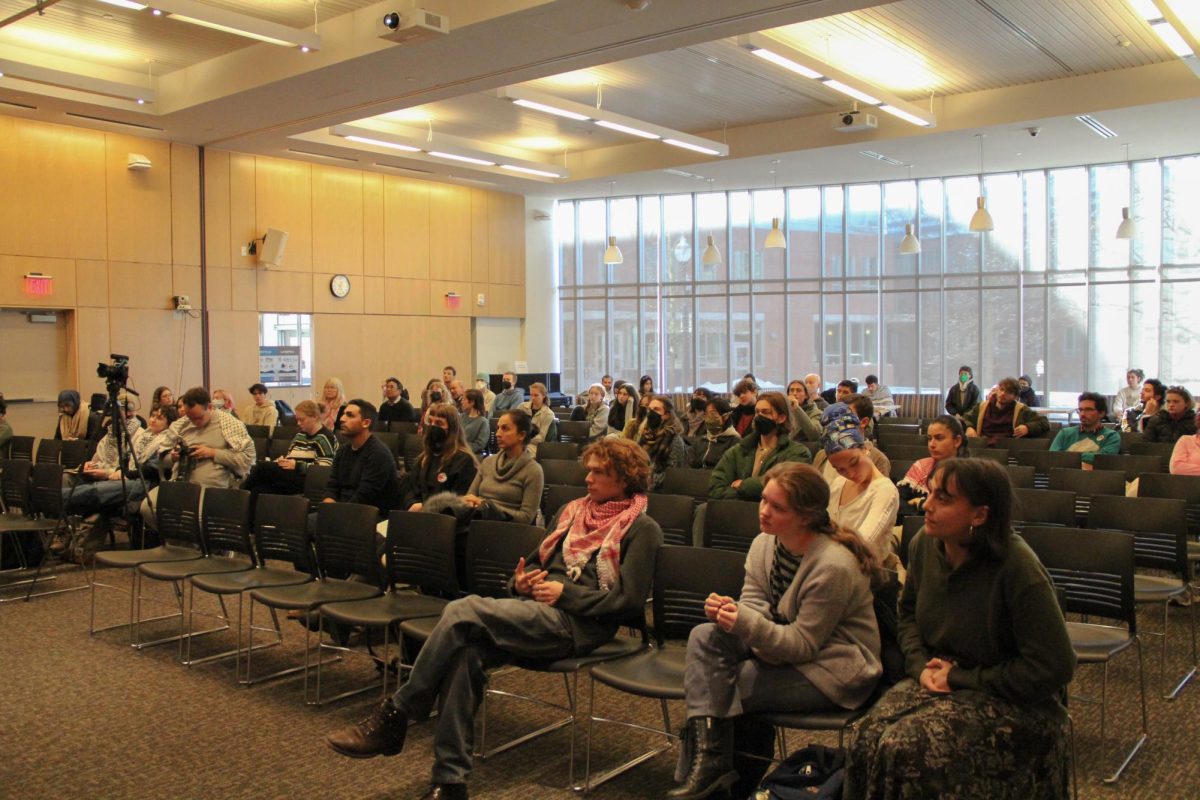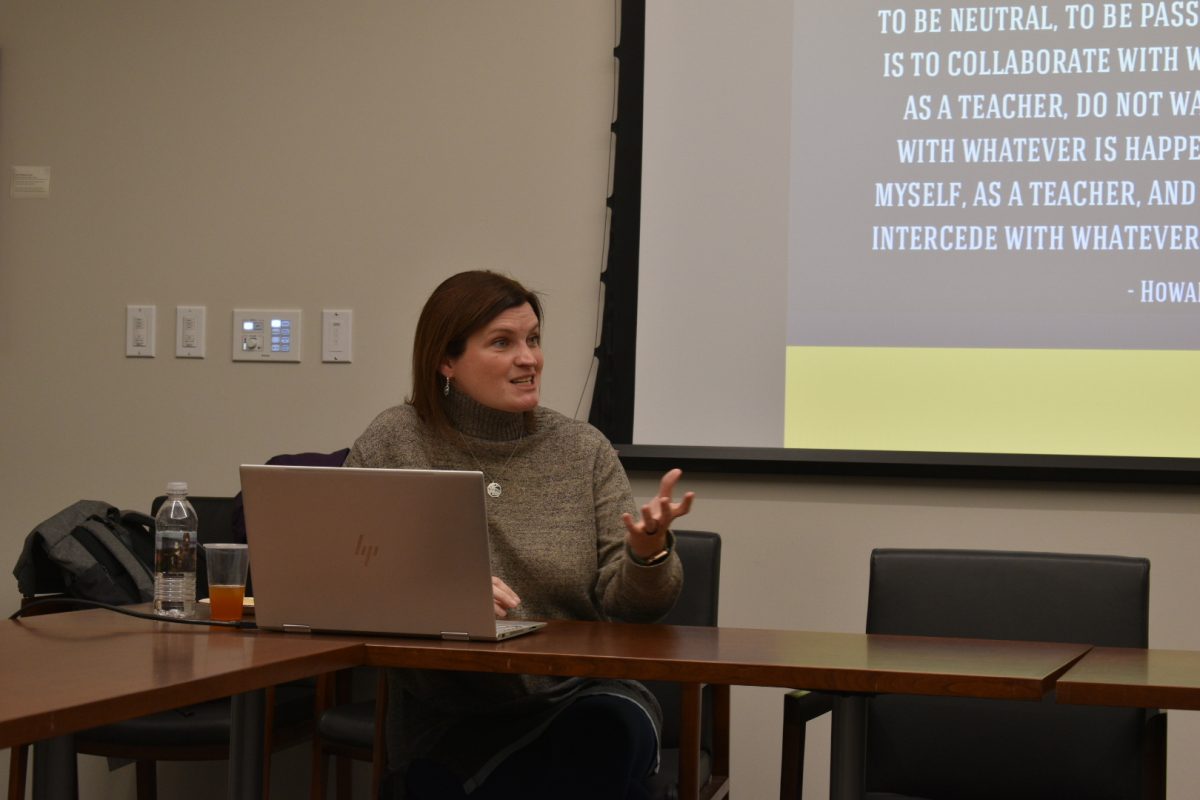
Professor Eric Poehler spoke about his work using non-invasive methodology to approach archaeological studies in Pompeii at an Honors Faculty lecture Wednesday evening in the Campus Center Auditorium.
The lecture, titled “The Roles of Innovation and Imagination in the Archaeology of Pompeii,” focused on the use of modern technology like iPads, drones, spectrometers and laser scanning to study archaeological details of Pompeii to avoid using more invasive techniques that could disrupt the site.
The event was attended by over three hundred people, and included images of buildings at Pompeii that were sites for Poehler’s studies.
“It’s an archaeological attempt to analyze buildings without using the most common method, excavation,” Poehler said.
Poehler kept the lecture upbeat and entertaining for his audience, throwing in references that ranged from Jean Bottero to the Matrix.
Poehler said that iPads have become one of the most useful tools in his study, helping him and his team collect nearly four times more recorded observations than they did during their first expedition They gathered up to 3,500 observations in a day.
Other modern technologies include laser scanning, which uses a ground-penetrating radar to determine underground architecture, and the Public Lab DIY Spectrometer Kit. A collaboration with the DM project at Drew University has also allowed Poehler and his team to match images from the past to more recent ones.
Poehler said that he plans to soon use a UV light to uncover more data.
“My son’s toy has a UV light pen attached to it, so I Googled it, and it gave me the idea to use UV light to find out the colors, paints, and patterns used on these buildings,” he said.
The Quadriporticus building in Pompeii has been the main site for Poehler’s non-invasive approach to research, which he started in 2010.
Poehler has had 16 years of experience working in Pompeii and has worked with the Pompeii Forum Project, Pompeiana.org and created the Pompeii Bibliography and Mapping Project.
Another project Poehler has been working on is masonry analysis with Professor Davide Tanasi and Filipo Stanco of the University of Catania to determine the similarities between different materials used in the construction of buildings in Pompeii.
Poehler said that doing this presentation helped him understand more of what he has been trying to do.
“You don’t know what you really think until you have to write it down, and say it in front of three hundred people,” he said.
The project is planned to continue this summer, and several students will be chosen from the Five College Program to join the research in Pompeii.
Katherine Clark can be reached at [email protected].


















